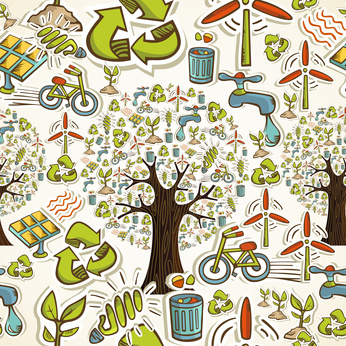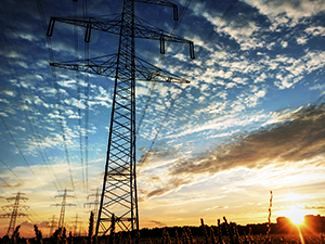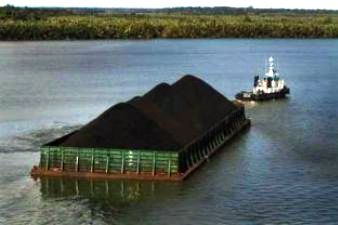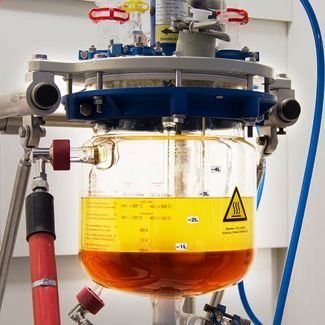Washington – With the global wild fish supply stagnant and the human population increasing, new research shows that farmed fish and shellfish production will likely need to increase by 133 percent between 2010 and 2050 in order to meet projected fish demand worldwide.
The study finds that although aquaculture’s environmental impacts are likely to rise as production grows, there are a variety of actions producers can take to minimize impacts and encourage sustainable growth of the aquaculture industry.
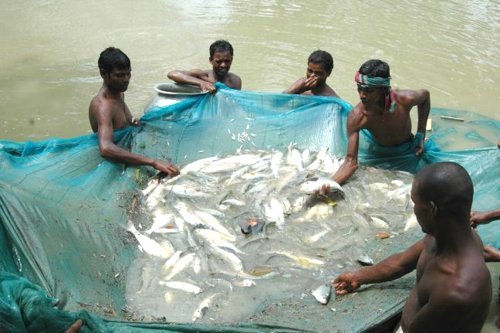
The findings were unveiled by the World Resources Institute (WRI), WorldFish, the World Bank, INRA, and Kasetsart University in a new paper called “Improving Productivity and Environmental Performance of Aquaculture”.
This paper is the latest installment of the 2013-2014 World Resources Report: Creating a Sustainable Food Future. The series profiles a menu of solutions to help feed more than 9 billion people by 2050 in a manner that advances economic development and reduces pressure on the environment.
“The world’s oceans and inland waters are largely fished to their limit, and the supply of wild-caught fish peaked in the 1990s,” said Richard Waite, an Associate at WRI and lead author of the report.
“Aquaculture is growing quickly to meet world fish demand, and already produces nearly half of the fish we eat today. Because farmed fish convert feed to edible food efficiently, aquaculture could provide food and employment to millions more people than today, at relatively low environmental cost.”
Most forms of aquaculture require land, water, feed, and energy – inputs that are not only increasingly scarce, but that are also associated with environmental impacts, such as habitat loss, pollution, and greenhouse gas emissions. Some farmed fish, such as salmon, are also fed diets that contain processed wild fish, raising concerns that certain forms of aquaculture may actually increase pressure on marine ecosystems, rather than relieve it. The report features a “life cycle assessment” that examines how doubling aquaculture production by 2050 could change the sector’s environmental impacts.
“Increased production from aquaculture will be essential in meeting the world’s food security and nutrition needs,” said Michael Phillips, Director of Aquaculture and Genetic Improvement at WorldFish.
“Fish contribute one-sixth of the animal protein people consume, and also contain important micronutrients and omega-3 fatty acids that are often deficient in the diets of the poor. But as with all agricultural production, aquaculture production has environmental impacts. Our future scenario analysis suggests that there are things we can do to reduce aquaculture’s environmental impact while increasing production. If we take action on multiple fronts, we can get aquaculture growth right.”
The aquaculture industry has greatly improved performance since the 1990s, producing more farmed fish per unit of land and water, lowering the share of fishmeal and fish oil in feeds, and largely stopping mangrove conversion. But the world will need to accelerate improvements in aquaculture’s productivity and environmental performance to increase production in a sustainable way.
“This is an industry that has to grow to meet global food security needs but it’s still too risky for most investors,” said Randall Brummett, Senior Aquaculture Specialist at the World Bank. “We are working for much stronger public-private engagement so that disease and management risks are reduced, improving the ‘investability’ of even small, family-run operations. If we get this right, more diverse investors will come in so that we can intensify aquaculture sustainably.”
The report highlights five approaches to grow aquaculture production sustainably:
- Invest in technological innovation and transfer, specifically breeding and hatchery technology, disease control, feeds and nutrition, and development of low-impact production systems;
- Use spatial planning and zoning to reduce cumulative impacts of many farms and ensure that aquaculture stays within the surrounding ecosystem’s carrying capacity;

